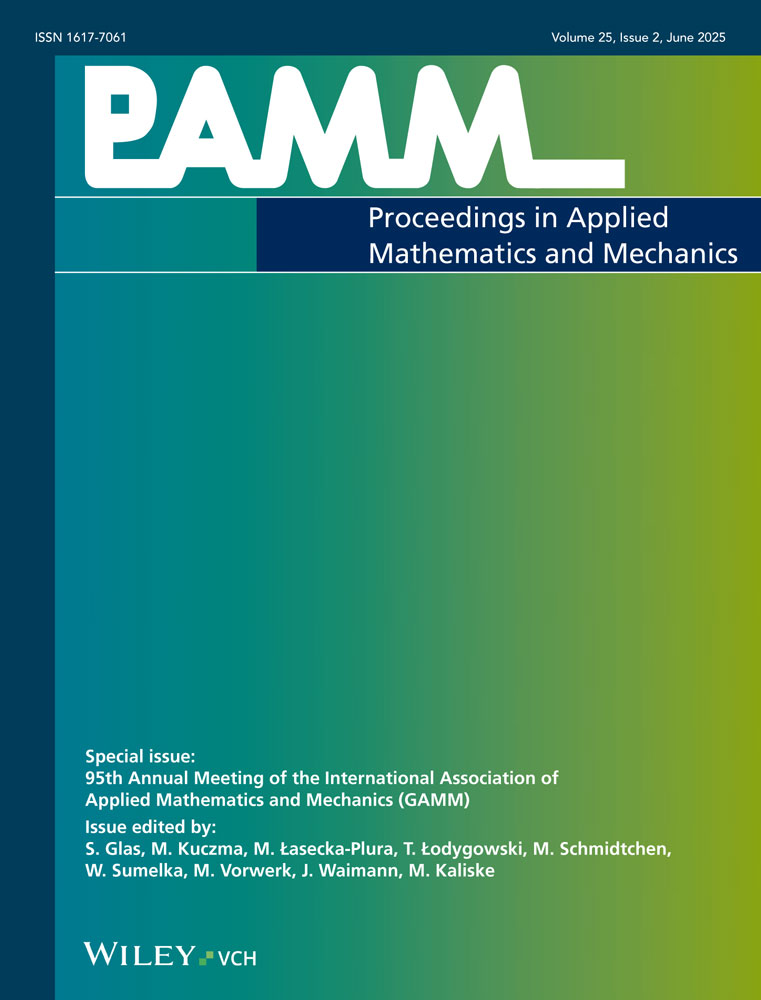From particle dynamics to micropolar media: a localization study
Abstract
Granular materials show a complex stress-strain behavior depending on the stress state and the load history. In case of biaxial tests and compaction loading situations, one furthermore observes localization effects, e. g., by the formation of shear bands. For the simulation of such a material behavior two different methods can be applied. Firstly, the microscopic model which means the direct modeling of the single material grains on the basis of the Molecular Dynamic methods. The second one is a macroscopic approach, whereby, the fundamental effect on the microscale, the rotations of the single grains, are considered by use of the micropolar or Cosserat theory. The intend of this contribution is to demonstrate that the Cosserat theory is a physical correct way for the description of granular materials. Therefore, it will be shown that in both methods the occurrence of localization zones (shear bands) is connected with the appearance of curvatures in the material combined with couple stresses, which indicates a Cosserat material. The required curvature and couple stress tensors are obtained in the macroscopic theory as a direct result of the computation, whereas by use of the microscopic theory the translations and rotations as well as contact forces are obtained as the direct result. Thus, homogenization methods basing on an appropriate Representative Elementary Volume (REV) are required. (© 2006 WILEY-VCH Verlag GmbH & Co. KGaA, Weinheim)




